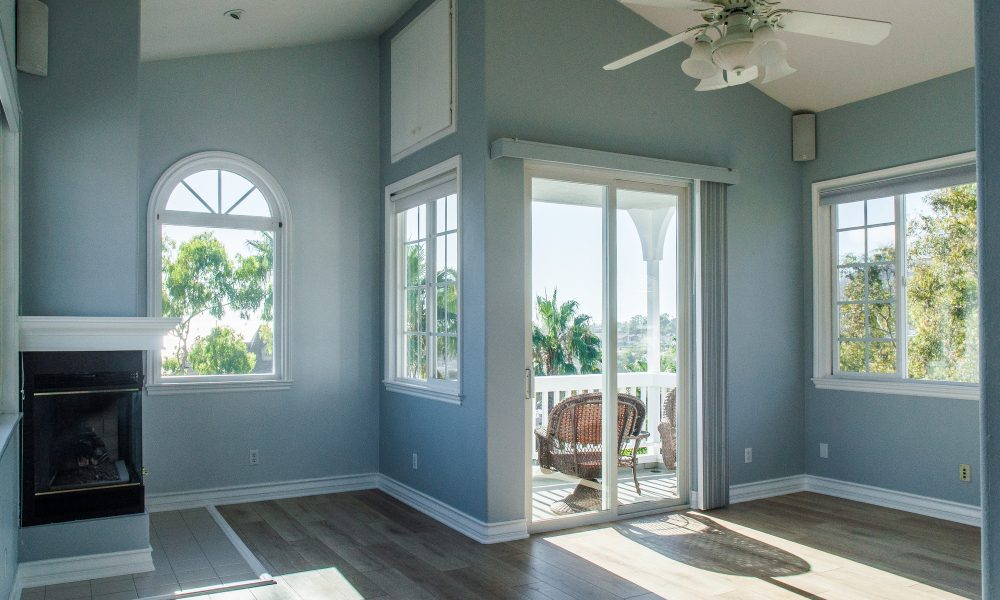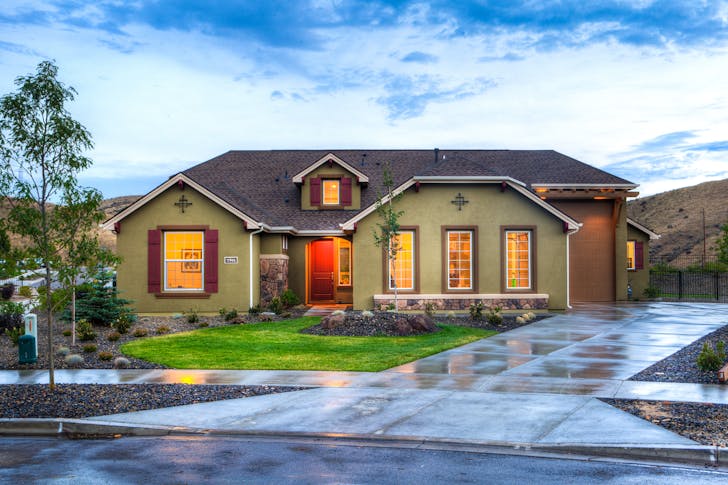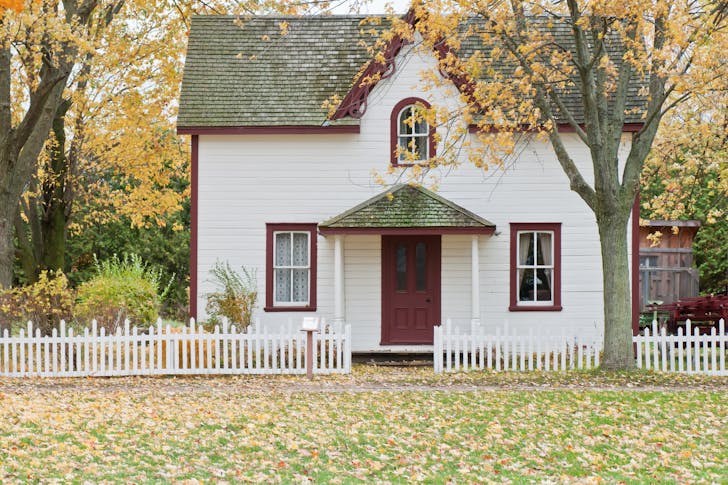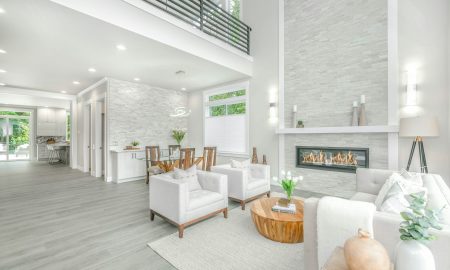
Why Smart Window Placement Is the Secret to Aesthetic Home Design

Windows shape how your home looks from the street, how light moves through your space, and how your rooms feel every day. Miss the mark on placement, and even the fanciest finishes can fall flat. Get it right, and your home will shine inside and out.
Professionals know window placement is a design strategy. From symmetry and shape to sunlight and sightlines, every window has a job. Done right, windows don’t just look good. They work hard, make life easier, and lift your mood without you even noticing why.
Windows Build Curb Appeal From the Ground Up
Start outside. The first thing people see isn’t your floors or furniture. It is the windows. Proper window placement can make a simple house feel elegant or a large home feel balanced.

Bin Yamin / Pexels / Taller windows pull the eye upward and make homes seem grander. Odd-numbered groupings feel more natural and interesting to the eye.
Symmetry is key, especially for classic styles. Two windows flanking a front door? Timeless. Match the shape and size across the facade, and you will instantly boost curb appeal. If everything looks off-kilter, no amount of landscaping can fix it.
Let Windows Work for the Room
Every room needs something different from its windows. A kitchen, for example, is not just about light. It is about function. You don’t want a window where upper cabinets should go or right above a deep farmhouse sink with no room for a faucet.
One smart design skipped kitchen windows entirely in the scullery to gain storage. It worked because the trade-off was intentional.
Think about what is happening in the space. In a bathroom, a high window can give you daylight without putting your business on display. Large panes bring the outdoors in a living room and make everything feel bigger.
Light Isn’t One-Size-Fits-All
Not all sunlight is created equal. South-facing windows bring in strong, bright light that can flood a room. But in summer, that can mean heat. A big south-facing window in the bedroom sounds great until you are sweating through July mornings.
North-facing windows give soft, steady light all day, which works great for offices or studios.
East-facing ones catch the morning sun, which feels cheerful in kitchens or breakfast nooks. West-facing windows get that golden hour glow but can heat things up in the afternoon. Placement needs to match the room’s use.
Don’t Forget the View
A window without a good view is just a hole. Look at what you will see through the glass. A living room window that frames trees or a garden? Perfect. But if all you get is the neighbor’s trash cans, maybe rethink that spot. Even a small window can feel right if it is framing something pleasant.

Scott / Pexels / Don’t just rely on curtains to save you. Plan window height and placement to protect your privacy while still letting light in.
Window placement decisions shouldn’t wait until the end. They should be part of the first design talks. Waiting too long means you will have to fit windows around plumbing, walls, and rooflines. This can lead to awkward shapes or bad placement. Plan early, and you get the chance to align form, function, and energy use.
Early planning also lets you think about cross-ventilation. Placing windows across from each other creates a natural breeze that keeps things cool. This cuts down on AC use and makes the home feel fresher.
If you wait too long, you lose that option. A smart window layout helps with energy bills and provides comfort at the same time.
More in Living
-
`
How Life in Germany Brought an American Family Closer (But Made Them Homesick)
Family always came first. That is what made the move from Maryland to Germany both exciting and painful for this American...
July 22, 2025 -
`
Angélique Kidjo Becomes First Black African on Hollywood Walk of Fame
Angélique Kidjo just made history. On July 3, 2025, it was announced that Kidjo will be getting her own star on...
July 15, 2025 -
`
Why Cannabis Use Doubles the Risk of Heart-Related Deaths
Doctors have warned about tobacco for decades, but marijuana is often seen as the safer choice. New research is poking holes...
July 1, 2025 -
`
The Top 5 Best Credit Cards For Family Disney Vacations
A Disney vacation in 2025 is not cheap. Park tickets, hotel stays, meals, and travel can add up fast. But the...
June 24, 2025 -
`
The Surprising Lives of 10 A-List Celebrities Before Fame
Fame changes everything, or so they say. But not everyone flips the switch once the cameras show up. Some stay grounded,...
June 17, 2025 -
`
Trump’s Surgeon General Pick Dr. Casey Means Praises ‘Illegal’ Psychedelic Therapy
Psychedelic therapy just landed at the center of the national health debate, thanks to Donald Trump’s latest pick for surgeon general....
June 3, 2025 -
`
5 U.S. Family Vacation Spots You Should Book ASAP
If you are looking for the best family vacation spots in 2025, skip the guesswork. These five places deliver the fun,...
May 27, 2025 -
`
These Stars are ‘Banned’ From the 2025 Met Gala
The Met Gala might be fashion’s Super Bowl, but not every celebrity wants to play. While millions obsess over who wore...
May 20, 2025 -
`
5 Archaic Home Decor Trends That Should Never Come Back
Home decor trends come and go faster than a TikTok challenge. One minute you are painting your walls grey, the next...
May 13, 2025















You must be logged in to post a comment Login